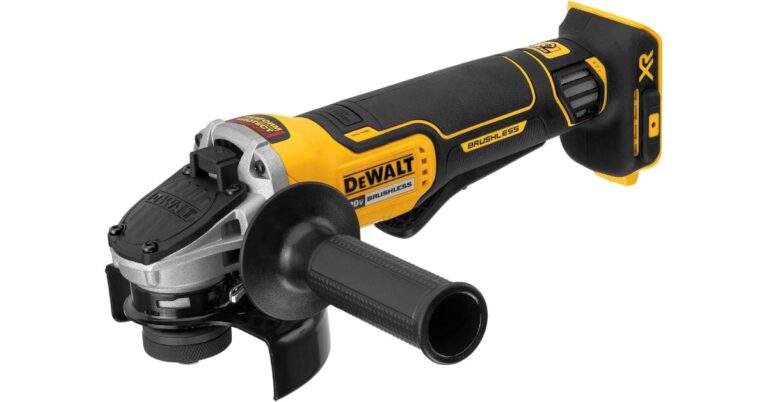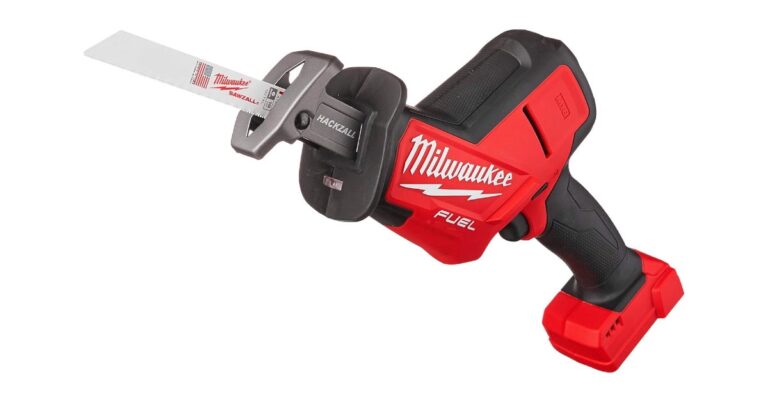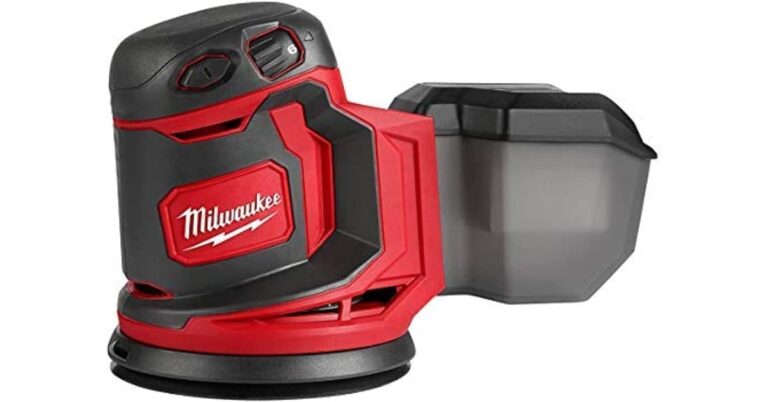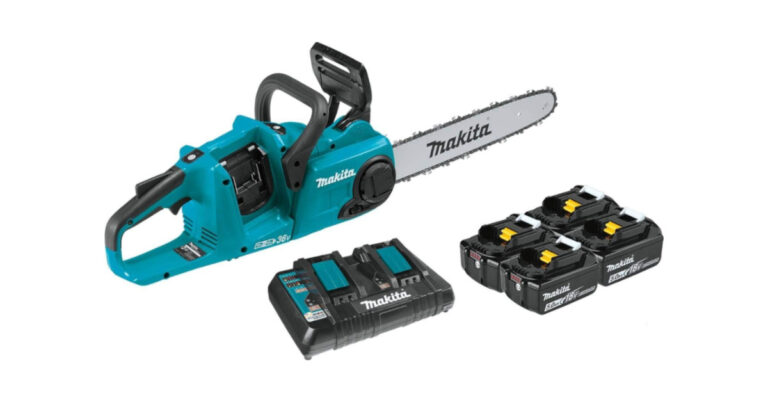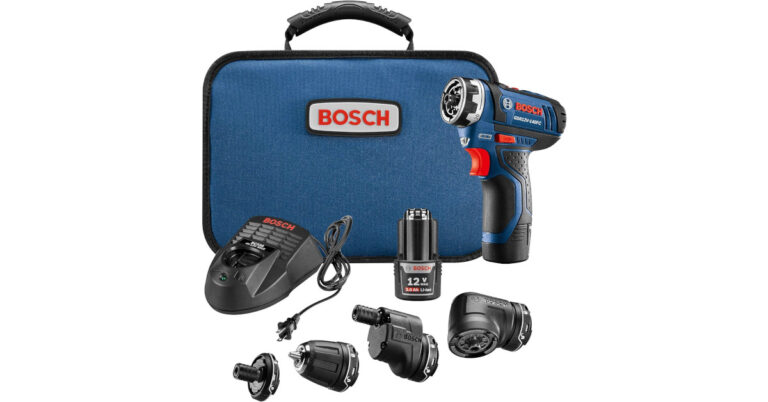Jackery Explorer 300 Portable Power Station Review
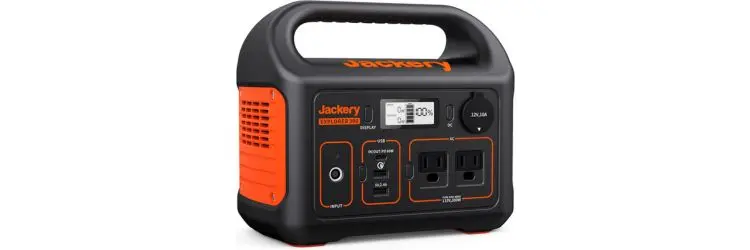
The Jackery Explorer 300 is a compact and versatile portable power station designed for campers, travelers and homeowners who need a reliable backup power source.
With its lightweight design, multiple charging options and user friendly features, it has become one of the most popular choices in the entry level portable power market.
In this review, we’ll look into the features, pros, cons, performance and comparisons with similar power stations on the market, providing you with a comprehensive overview of the Explorer 300.
Key Features
Compact Battery Power: The Explorer 300 is equipped with a 293Wh lithium-ion battery, offering enough capacity to charge laptops, phones, tablets, cameras and even run small appliances for short periods. Its 300W pure sine wave inverter with a 500W surge capacity ensures compatibility with sensitive electronics.
Multiple Charging Options: This unit can be recharged via an AC wall outlet, 12V car adapter, USB-C PD input, or solar panel (sold separately). A dual input mode allows users to combine AC and USB-C charging, reducing recharge time to as little as 2 hours.
Variety of Output Ports: The Explorer 300 offers a range of connections, including 2 AC outlets, 1 USB-C PD port (60W in/out), 1 USB-A port, a car/12V port and a second USB-A quick charge 3.0 port. This makes it versatile enough to support multiple devices simultaneously.
Lightweight and Portable: Weighing just 7.1 pounds, the Explorer 300 is one of the lightest power stations in its class. Its compact design and sturdy built-in handle make it easy to transport for outdoor trips or emergency use at home.
User Friendly Display: A backlit LCD display shows real time input, output and remaining battery percentage. This helps users keep track of consumption and charging efficiency.

Performance
The Jackery Explorer 300 is a high performing unit in the small portable power station category. With nearly 98% usable capacity in real world testing, it delivers on its promised battery size.
When powering smaller devices like phones, tablets and laptops, it provides hours of uninterrupted use. For example, it can charge a MacBook Air four times, an iPhone more than 20 times, or power a mini fan or LED light for several nights of camping.
The 300W continuous output is sufficient for light duty tasks such as powering CPAP machines, drones, cameras, or small kitchen gadgets. However, it is not intended for heavy appliances like microwaves, kettles, or power tools. Users seeking more substantial output may need to step up to the Jackery Explorer 500 or 1000 models.
Charging speed is an important factor and here the Explorer 300 performs well. Standard wall charging takes about 4–4.5 hours, but dual charging with AC and USB-C PD can cut that time nearly in half. Solar charging is effective with Jackery’s SolarSaga 100 panel, although weather conditions and sunlight availability will affect recharge times.
Noise is virtually nonexistent, aside from a small cooling fan under heavier loads, making it ideal for use in quiet environments like campgrounds or at night during a power outage.
Pros
Highly Portable: At just over 7 lbs, it’s easy to carry on camping trips or keep in an emergency kit.
Efficient and Reliable: Delivers close to its rated capacity with minimal energy loss.
Flexible Charging: Multiple input options including wall, car, USB-C and solar, plus the ability to combine for faster charging.
Pure Sine Wave Inverter: Safe for sensitive electronics like laptops, CPAP machines and cameras.
Pass-Through Charging: Can charge devices while the unit itself is being recharged.
Well Built and Durable: Solid construction with a simple but effective interface.
Cons
Limited Output Capacity: At 300W continuous, it cannot handle larger appliances or power tools.
Slow Single Input Charging: Without dual input, wall charging can take over 4 hours.
Proprietary Solar Input: Works best with Jackery panels, less plug and play with third party solar setups.
No Built-in Light: Unlike some competitors, it lacks an integrated LED flashlight or lantern.
Battery Chemistry: Lithium-ion battery offers ~500 cycles before capacity drops, which is lower than modern LiFePO4 competitors.

Comparison
Jackery Explorer 300 vs Jackery Explorer 300 Plus
The newer Explorer 300 Plus features LiFePO4 battery chemistry, providing up to 3,000 cycles and improved longevity. It also charges faster and supports app control. However, it is slightly more expensive and heavier.
Jackery Explorer 300 vs EcoFlow River 2
EcoFlow’s River 2 offers a similar capacity with faster recharging times (as little as 1 hour) and LiFePO4 battery durability. However, it has fewer AC ports than the Explorer 300.
Jackery Explorer 300 vs Goal Zero Yeti 500X
The Yeti 500X has a larger capacity (505Wh) and more ports, but it is heavier and more expensive. For users prioritizing portability, the Jackery 300 is the more convenient option.
Conclusion
The Jackery Explorer 300 is a compact, dependable and versatile portable power station that excels in portability, efficiency and ease of use.
While its 300W output limits it to smaller devices and appliances, it is perfectly suited for campers, travelers and homeowners seeking reliable backup power for essential electronics. Its multiple charging options, near silent operation and strong build quality make it a standout in its class.
Although newer models with LiFePO4 batteries offer longer lifespans and faster charging, the Explorer 300 remains an excellent choice for those seeking a balance of portability, affordability and performance.
Whether for outdoor adventures or emergency preparedness, it delivers reliable power in a compact package, making it a worthwhile investment for light to moderate power needs.

